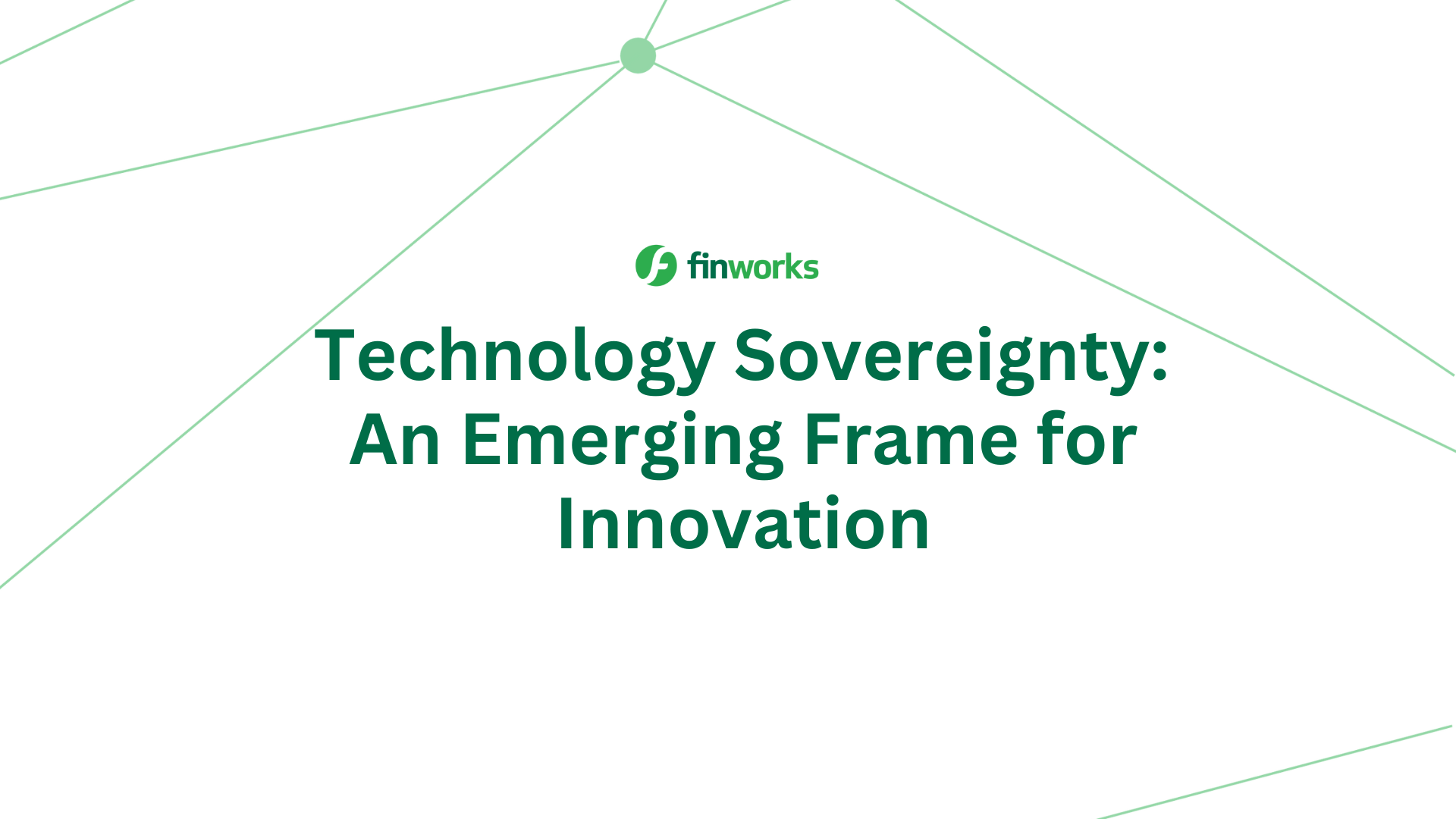Technological Sovereignty - Industry Considerations
Technological sovereignty has emerged as a critical aspect for industries worldwide in an era of rapid technological advancements. As nations grapple with digital transformation’s complexities, retaining control over emerging technologies has taken centre stage. From multinational corporations to small enterprises, industries are now compelled to explore the implications and considerations surrounding technological sovereignty.
In this context, the EU and UK play a pivotal role, with the opportunity to shape the principles, objectives, and strategies for achieving technological sovereignty in diverse sectors and technologies. By examining the perspectives of various industries and analysing the evolving strategies of the EU and UK, we aim to shed light on the challenges, opportunities, and potential pathways towards achieving technological sovereignty in a rapidly evolving global landscape.
Technologies
Implementing the concept of “technological sovereignty” into reality is essential, specifying the most relevant technology components and applications and determining their purpose. This can be achieved by placing technology within its appropriate context and linking it to the desired objectives. The objectives, in turn, are influenced by technical, operational, and regulatory requirements derived from strategic considerations, legal obligations, and political guidelines.
Identifying the important sectors
Determining which sectors are considered essential is a political decision. While the list of essential sectors may be similar across most countries, prioritising and allocating resources can vary significantly. For instance, defence is universally regarded as an important sector for ensuring life’s security, but the degree of importance and allocated resources may differ significantly. Additionally, rankings and resource allocations can evolve based on political, policy, scientific, or other factors. The COVID-19 crisis, for instance, has elevated public health to a top priority, resulting in increased resource allocation. The pandemic has also highlighted dependencies related to critical medical supplies.
Identifying critical functions within the sectors
Determining critical functions within essential sectors is a strategic choice influenced by various political, societal, and geographical considerations. For instance, border protection is unquestionably a critical function in security. However, its significance level may vary depending on whether a Member State shares an external border with the EU or is surrounded by other EU Member States.
Identifying key capabilities for critical functions
Selecting key capabilities for critical functions is another strategic decision influenced by political and geographical factors. For example, maritime surveillance is a vital capability for border protection in EU Member States situated in the Mediterranean, whereas it holds no relevance for Member States without sea borders. Other capabilities, such as secure and reliable communications, are crucial for numerous strategic sectors.
Which technologies play a crucial role in enabling key capabilities?
Capabilities encompass various factors such as training, logistics, processes, and equipment. On the other hand, technologies support these capabilities through applications, including systems, software-based applications, and infrastructures that fulfil specific tasks. Typically, different technologies are integrated into a single system. Multiple systems may exist as alternatives for a specific task, and different technologies can be utilised within a particular system. The critical question revolves around identifying which system is essential for a capability and determining which technologies employed in that system are vital for its optimal performance.
Sovereignty
Identifying critical technologies alone does not offer a definitive answer regarding achieving technological sovereignty. It is a decision that must be made by carefully balancing multiple considerations. These considerations include assessing the military significance of a capability and determining the extent to which sovereign control over it can provide critical advantages such as freedom of action, adaptability, upgradability, security of supply, and supportability. However, these factors must be weighed against affordability, development risks, accessibility to alternative imported solutions, and their impact on interoperability.
Evaluating the necessary timeframes and investments
We must contemplate the most effective means of transitioning from the current situation, which presumably involves specific dependencies on third-party nations, to achieve a higher degree of technological sovereignty. Will this transition occur smoothly, or will it inevitably bring disruptive changes? Can we anticipate resistance from existing suppliers as they are phased out?
Assessing the security of the supply chain
It involves assessing the breadth of the supply base and its geographical distribution. A more diversified supply base, particularly one situated in politically stable countries with shared values, reduces the risk of relying on non-European suppliers. However, it is worth noting that the COVID-19 pandemic has revealed that such calculations may not hold up during unforeseen and significant events.
Establish clear reasons for supporting specific technologies
Increasing the freedom to make decisions and take action against other geopolitical actors is a political objective while enhancing market competitiveness is an economic goal. The former holds particular significance for critical sectors that play a vital role in ensuring state institutions' security and proper functioning. In such cases, technological sovereignty becomes a matter of national sovereignty. Achieving both objectives necessitates technological leadership. However, the underlying business model and cost structure would differ significantly.
A systematic process to achieve digital sovereignty
It is essential to establish such processes across all strategic sectors. These processes will naturally vary depending on the unique characteristics of each sector, but they should develop certain fundamental features:
1. Compatibility:
The processes should be compatible with fostering synergies and collaboration across sectors.
2. Clarity:
There should be clarity in the processes to facilitate effective communication among all levels involved.
3. Simplicity:
The processes should be simple enough for strategic debates on choices and rationales.
4. Openness:
It is essential to actively involve relevant stakeholders, including end-users, industry representatives, and policymakers, at the appropriate decision-making level.
5. Orderliness:
The processes should be carried out correctly, from initiation to conclusion, to ensure the coherence of decisions and actions.
By incorporating this basic approach into sector-specific processes, we can enhance the effectiveness and impact of technological sovereignty initiatives.
Conclusion
In conclusion, the concept of technological sovereignty requires careful consideration and clarity. These structures would require further development and strengthening to implement the five-step approach outlined earlier. It is important to emphasise that strong governance structures are not intended to suspend market forces but rather to establish a common reference framework for both the public and private sectors. These governance structures serve as a guiding framework that ensures coordination, collaboration, and alignment of efforts towards achieving technological sovereignty.
Finworks understands that industries may have distinct operational workflows and data management requirements. They work closely with organisations to understand their specific workflows, data sources, and integration needs. By doing so, Finworks can customise its data architecture to seamlessly integrate with existing systems and processes, minimising disruption and maximising operational efficiency.
Overall, by considering industry-specific requirements and tailoring their data management architecture to address these considerations, Finworks enables organisations to achieve technological sovereignty that is relevant and impactful to their particular industry. This approach ensures that organisation can effectively manage their data assets, navigate industry regulations, optimise operations, and position themselves for success in the digital age.



.png?width=632&height=474&name=What%20is%20digital%20sovereignty%20(3).png)

